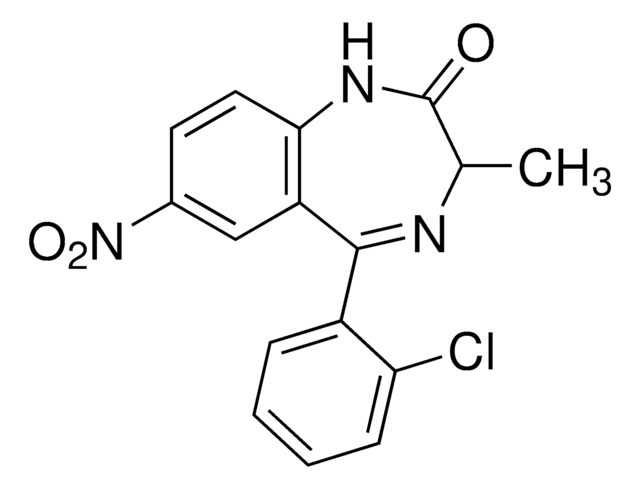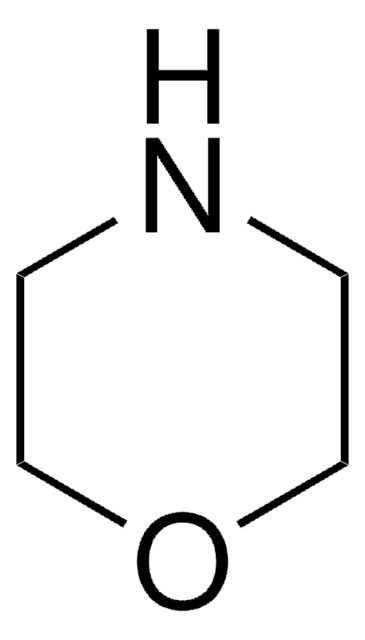Kluczowe dokumenty
83353
Mercury(II) bromide
puriss. p.a., ACS reagent, ≥99.0% (precipitation titration)
Synonim(y):
Mercuric bromide
About This Item
Polecane produkty
klasa czystości
ACS reagent
puriss. p.a.
Poziom jakości
ciśnienie pary
1 mmHg ( 136.5 °C)
Próba
≥99.0% (precipitation titration)
Postać
powder or crystals
pozostałość po prażeniu (po redukcji)
≤0.02%
tw
322 °C (lit.)
mp
236 °C (lit.)
ślady anionów
chloride (Cl-): ≤2000 mg/kg
sulfate (SO42-): ≤50 mg/kg
ślady kationów
Ca: ≤10 mg/kg
Cd: ≤5 mg/kg
Co: ≤5 mg/kg
Cr: ≤5 mg/kg
Cu: ≤5 mg/kg
Fe: ≤5 mg/kg
K: ≤50 mg/kg
Mg: ≤5 mg/kg
Mn: ≤5 mg/kg
Na: ≤50 mg/kg
Ni: ≤5 mg/kg
Pb: ≤5 mg/kg
Zn: ≤5 mg/kg
ciąg SMILES
Br[Hg]Br
InChI
1S/2BrH.Hg/h2*1H;/q;;+2/p-2
Klucz InChI
NGYIMTKLQULBOO-UHFFFAOYSA-L
Szukasz podobnych produktów? Odwiedź Przewodnik dotyczący porównywania produktów
Opis ogólny
Hasło ostrzegawcze
Danger
Zwroty wskazujące rodzaj zagrożenia
Zwroty wskazujące środki ostrożności
Klasyfikacja zagrożeń
Acute Tox. 1 Dermal - Acute Tox. 1 Inhalation - Acute Tox. 2 Oral - Aquatic Acute 1 - Aquatic Chronic 1 - STOT RE 2
Kod klasy składowania
6.1B - Non-combustible acute toxic Cat. 1 and 2 / very toxic hazardous materials
Klasa zagrożenia wodnego (WGK)
WGK 3
Temperatura zapłonu (°F)
Not applicable
Temperatura zapłonu (°C)
Not applicable
Certyfikaty analizy (CoA)
Poszukaj Certyfikaty analizy (CoA), wpisując numer partii/serii produktów. Numery serii i partii można znaleźć na etykiecie produktu po słowach „seria” lub „partia”.
Masz już ten produkt?
Dokumenty związane z niedawno zakupionymi produktami zostały zamieszczone w Bibliotece dokumentów.
Nasz zespół naukowców ma doświadczenie we wszystkich obszarach badań, w tym w naukach przyrodniczych, materiałoznawstwie, syntezie chemicznej, chromatografii, analityce i wielu innych dziedzinach.
Skontaktuj się z zespołem ds. pomocy technicznej











